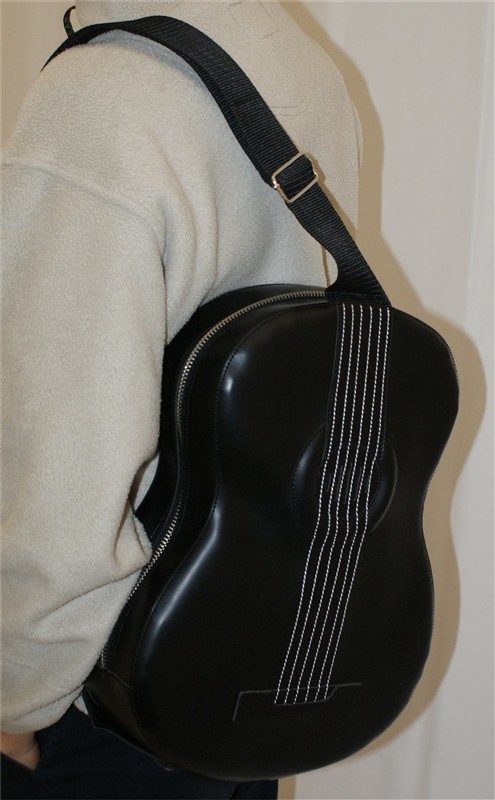Shady Groove : and other Songs from the Appalachian Mountains
This set of short pieces for piano solo is based on folksongs from the Appalachian Mountains. This music originated in the British Isles as unaccompanied ballads. The tunes were brought to the United States. As time passed, instruments were added zither, banjo and, eventually, guitar. The guitar versions have become well-known “standards” of the American folk repertoire. Common traits of these songs are the modal/diatonic harmonies. The “refinement” of European chromaticism is absent. Rootposition chords and consonant sonorities are prevalent. A special challenge in creating piano arrangements has been to inject occasional “appropriate” dissonances to enliven the harmonies. In addition, the strophic, ballad style of the songs, whichrelies upon storytelling to maintain the dramatic interest, must now be replaced by musical variation and development. The intent has been to create new piano repertoire within the “folk spirit” rough hewn, straightforward, energetic and beautiful.Shady Grove is a popular 18th-century American folksong with many versions of the lyrics. The title may refer to a beloved woman, or to a place where the speaker is traveling. [“Going to Shade Grove...”] However, the energetic music itself iswell-defined, and memorable. This new interpretation for piano includes a slowly-unfolding introduction before the arrival of the theme, and a contrasting, ascending interlude section. The third verse is presented in a slow, rhapsodic manner, toallow time for reflection. The lively theme then returns, ending with strumming the strings inside the piano, in Appalachian zither-playing style.

























